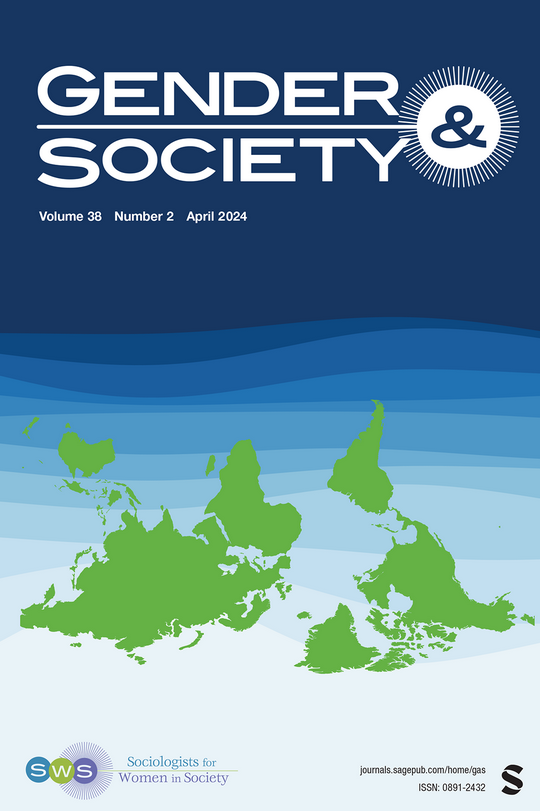暴力矩阵:1990-2019年美国跨性别者谋杀案中的交叉性和死亡政治
IF 7.2
1区 社会学
Q1 SOCIOLOGY
引用次数: 4
摘要
众所周知,在对顺性人的谋杀中存在种族和性别不平等。然而,缺乏数据阻碍了跨性别者这些因素的交叉分析。为了弥补这一差距,本文介绍了1990年至2019年30年间美国跨性别者被谋杀的原始数据集的调查结果。调查结果显示,跨性别者被谋杀的性别和种族差异远远超过顺性别者。跨性别女性比跨性别男性更容易被谋杀,有色人种的跨性别女性比白人跨性别女性更容易被谋杀。关注性行为也很重要,因为大量跨性别女性的谋杀发生在性行为中。然而,有色人种的变性女性更有可能在性交易中被杀害,而性工作的情况在白人受害者中并不常见。我通过我所说的暴力矩阵来解释这些模式,这是一种结构结构,在这种结构中,交叉的分层系统与死亡政治社会制度相互作用,促进某些类型的暴力,同时阻止其他类型的暴力。在结论部分,我利用这些发现来探索减少针对跨性别者的暴力的方法。本文章由计算机程序翻译,如有差异,请以英文原文为准。
The Matrix of Violence: Intersectionality and Necropolitics in the Murder of Transgender People in the United States, 1990–2019
It is well established that there are racial and gendered inequalities in murders of cisgender people. However, lack of data has hampered intersectional analyses of these factors for transgender people. Addressing that gap, this article presents findings from an original data set of murders of transgender people in the United States during the 30-year period from 1990 through 2019. Findings reveal that the gender and racial gaps in homicide of transgender people far exceed those of cisgender people. Transgender women are substantially more likely to be murdered than transgender men, and transgender women of color are murdered much more frequently than white transgender women. Attending to sexuality is also important because a substantial number of murders of transgender women occur in sexual interactions. However, transgender women of color are more likely to be killed while exchanging sex for money, whereas sex work circumstances are uncommon among white victims. I explain these patterns through what I term the matrix of violence, a structuring structure in which intersecting systems of stratification interact with necropolitical social institutions to facilitate certain types of violence while deterring others. In the conclusion, I use the findings to explore ways to reduce violence against transgender people.
求助全文
通过发布文献求助,成功后即可免费获取论文全文。
去求助
来源期刊

Gender & Society
Multiple-
CiteScore
9.70
自引率
3.60%
发文量
78
期刊介绍:
Gender & Society promotes feminist scholarship and the social scientific study of gender. Gender & Society publishes theoretically engaged and methodologically rigorous articles that make original contributions to gender theory. The journal takes a multidisciplinary, intersectional, and global approach to gender analyses.
 求助内容:
求助内容: 应助结果提醒方式:
应助结果提醒方式:


